Can’t Afford a Big Agency? You Shouldn’t Have To
When Marketing Costs Too Much; and Delivers Too Little Running a business in South Jersey is tough enough. You’re managing clients, employees, and day-to-day operations,
Turn expert insights into action. Book a free consultation and discover how we can help grow your business with proven digital strategies.
Book a Free ConsultationWhen Marketing Costs Too Much; and Delivers Too Little Running a business in South Jersey is tough enough. You’re managing clients, employees, and day-to-day operations,
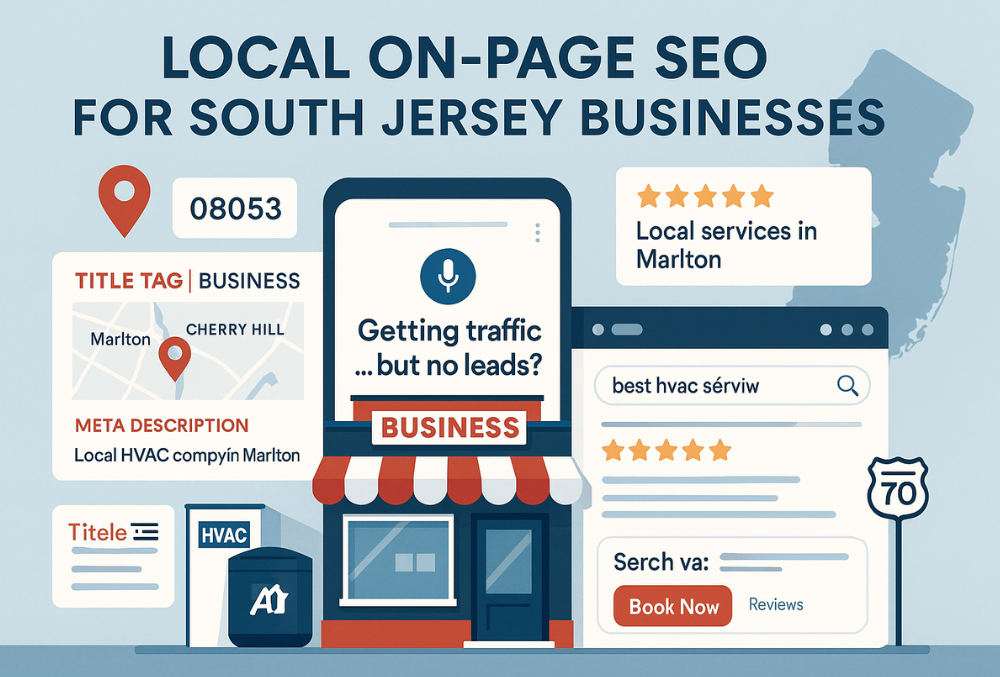
Introduction: The Local SEO Struggle Is Real You’re the best at what you do in Cherry Hill, Marlton, or Medford, but your competitors keep showing
🚀 27% More Conversions with Just 2.4s Faster Load Time A Marlton-based retail business boosted its conversion rate by 27% after shaving just 2.4 seconds
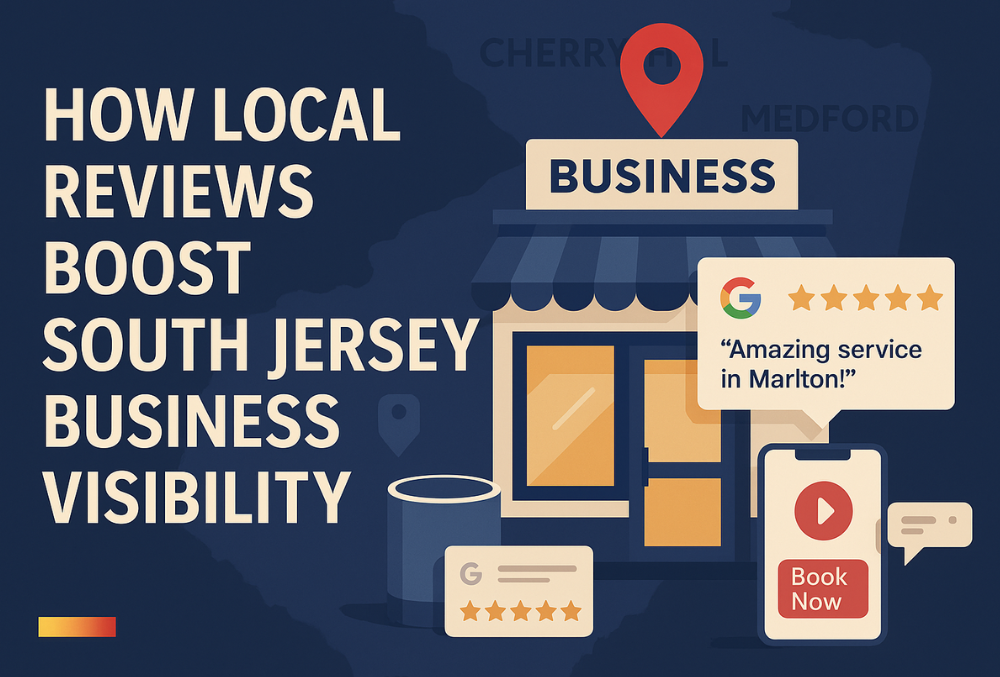
You’re investing in your website, social media, and maybe even some local ads, but the calls aren’t coming in. Meanwhile, a competitor down the street
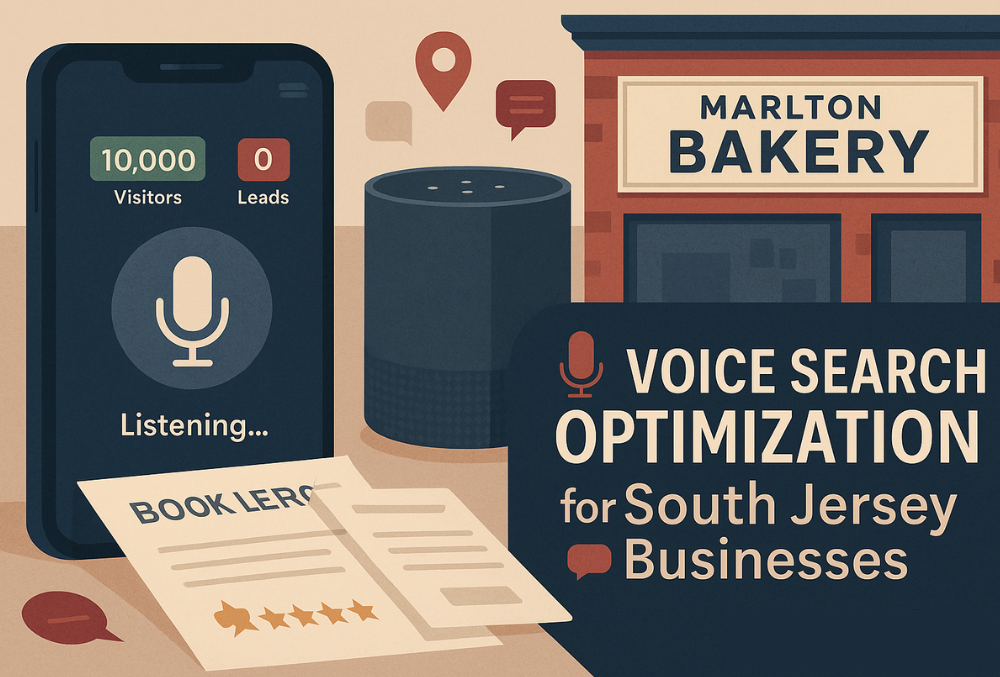
“Hey Siri, Find the Nearest Roofer” If your business isn’t showing up when customers say those words, you’re already losing high-intent traffic. Voice search isn’t

You’ve invested in Google Ads, pumped out social content, and even boosted your SEO. Traffic is flowing, but your inbox is silent. No calls. No

It’s one of the most frustrating questions for any NJ dealership owner: Are we spending the right amount on marketing, or wasting it? You’ve probably

You’re spending thousands on ads, SEO, maybe even video—but leads aren’t growing. It’s maddening. Every month feels like a gamble, and even when your site
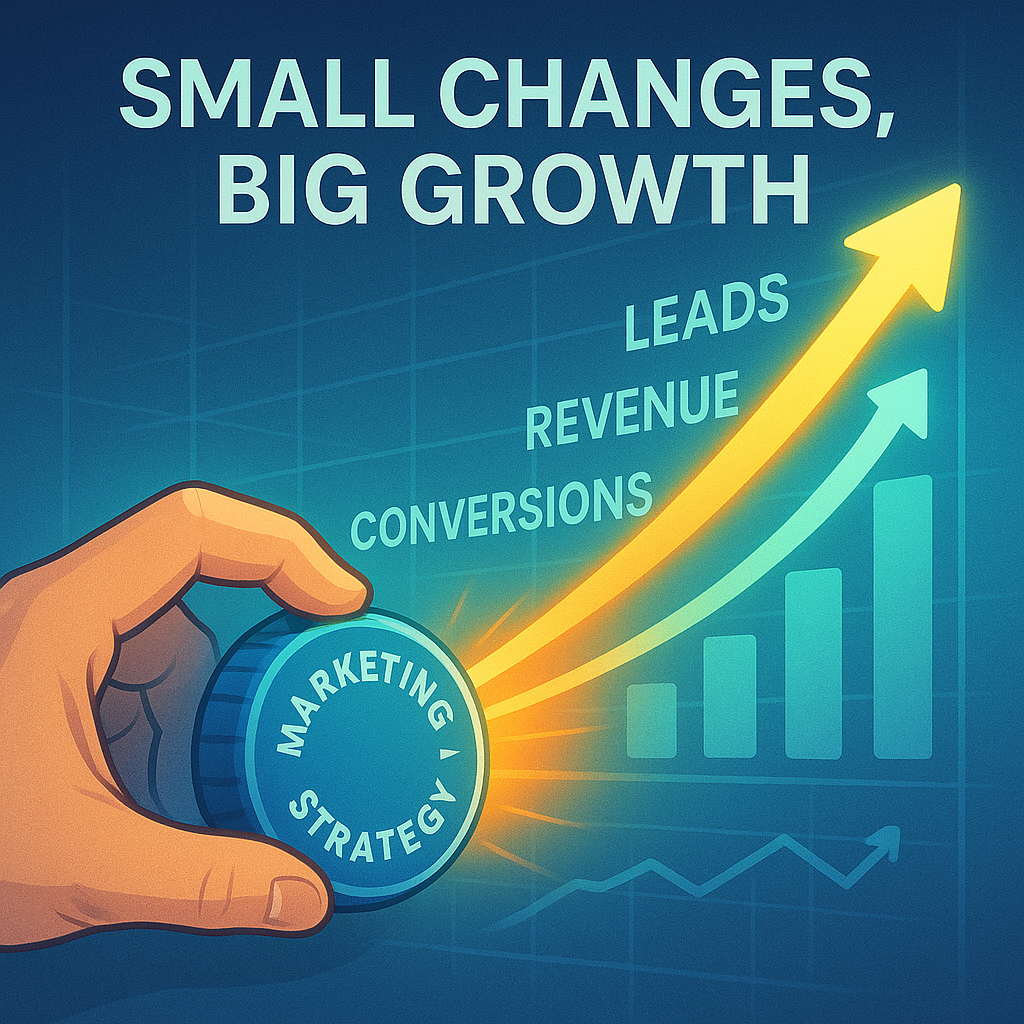
Introduction: Growth Isn’t Always About Going Bigger When business owners feel stuck, they often assume the solution is something massive: a total rebrand, a $10,000
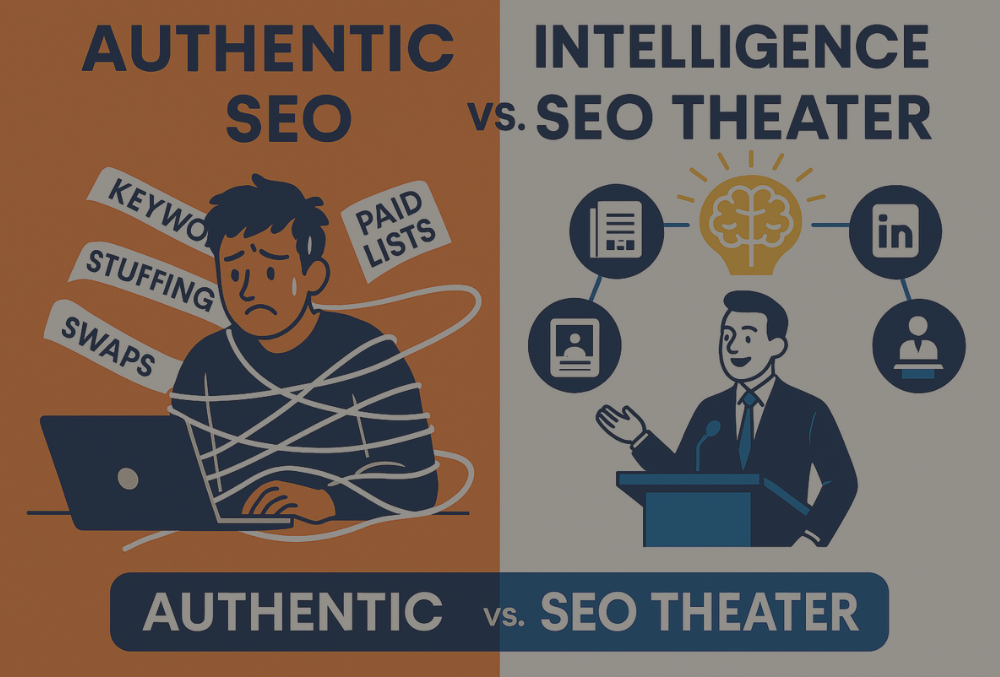
Introduction: SEO is Changing—Are You Changing With It? It’s no longer enough to be visible in search results—you must be trusted. As AI-generated answers crowd